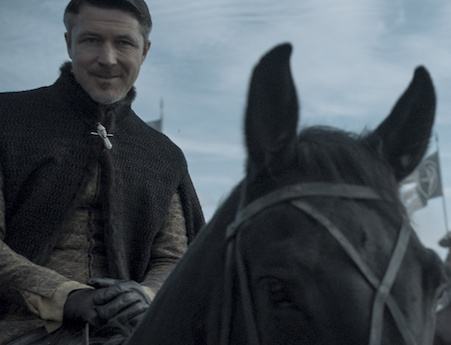Study: 'Hate’ Drives Viewers to Return to Dramas

When viewers hate characters or situations in TV shows they watch, they’re more likely to tune in again next week, according to a study by research firm Canvs.
Canvs, which studies the emotional responses to content in social media, conducted the largest TV viewership study using Twitter data and tied it to Nielsen ratings.
“We believe emotions drive behavior,” said Jared Feldman, CEO of Canvs. “Everyone wants to know why their ratings go up or down and it is in large part affected by how viewers feel about what they’re watching.”
The Canvs study looked at 5,709 episodes of more than 431 TV series over a year and a half and broke that down into three TV show genres: drama, comedy and reality.
“We found that emotions are predictive,” Feldman said.
Not surprisingly, when viewers said they love something about a show, they tune in, across all genres. A 1% increase in “love” responses on social media generated a 0.1% increase in ratings the following week.
But for dramas and reality shows, hate was the single biggest predictor of the next week’s ratings. A 1% increase in hate responses resulted in a 0.7% increase in viewership for dramas, compared to 0.2% for love.
Broadcasting & Cable Newsletter
The smarter way to stay on top of broadcasting and cable industry. Sign up below
“Hate is literally more than three times as powerful as love at predicting viewership," Feldman said.
Hate is similarly strong in predicting return viewership of reality shows at 0.7%.
That hate response could be the result of viewers thinking a particular character like Lord Petyr Baelish in Game of Thrones is a jerk, getting angry over a plot point, or simply disliking what the Kardashians are obsessing over.
“The more hate there is about a Kardashian, the more likely the audience is to watch,” said Feldman.
Understanding the power of hate is important because in some traditional research, viewers saying they didn’t like aspects of a show could be seen as a negative and something to avoid in future episodes.
“We’re suggesting the opposite. Measure and track it obsessively because this is what’s driving your business,” Feldman said.
He said Canvs plans to do further research to get more insights about whether there’s a difference between viewers tweeting about hating a character and hating an episode of a show.
Canvs’ technology groups emotions together despite not having a common key word, so when people comment “that dude is a jerk” or “that was evil,” those statements get grouped among the dislike or hate emotions. The system takes into account punctuation, such as when a viewer uses 20 exclamation points or all caps. Emojis matter too.
When it comes to comedy, other than “love,” the emotion that predicts viewership is “beautiful.” When viewers like what an actor or character looks like, they’re more likely to tune in, according to the study. Oddy, "funny" didn't seem to move the needle.
Canvs has taken its data and created a Canvs Viewership Probability metric, a percentage likelihood that viewership for a particular show will go up or down next week and why. Across genres, the CVP ratings consistently predicted whether the next episode would go up or down in viewership.
“The CVP will say there’s a 75% chance people will watch next week’s episode and that was driven by a surge in hate and hate was driven predominantly by this character at these moments in the show,” Feldman said.
He says the data can have implication for season-over-season planning, the creation of ancillary content to capture the most powerful moments, and more strategic tune in messaging.
Jon has been business editor of Broadcasting+Cable since 2010. He focuses on revenue-generating activities, including advertising and distribution, as well as executive intrigue and merger and acquisition activity. Just about any story is fair game, if a dollar sign can make its way into the article. Before B+C, Jon covered the industry for TVWeek, Cable World, Electronic Media, Advertising Age and The New York Post. A native New Yorker, Jon is hiding in plain sight in the suburbs of Chicago.
